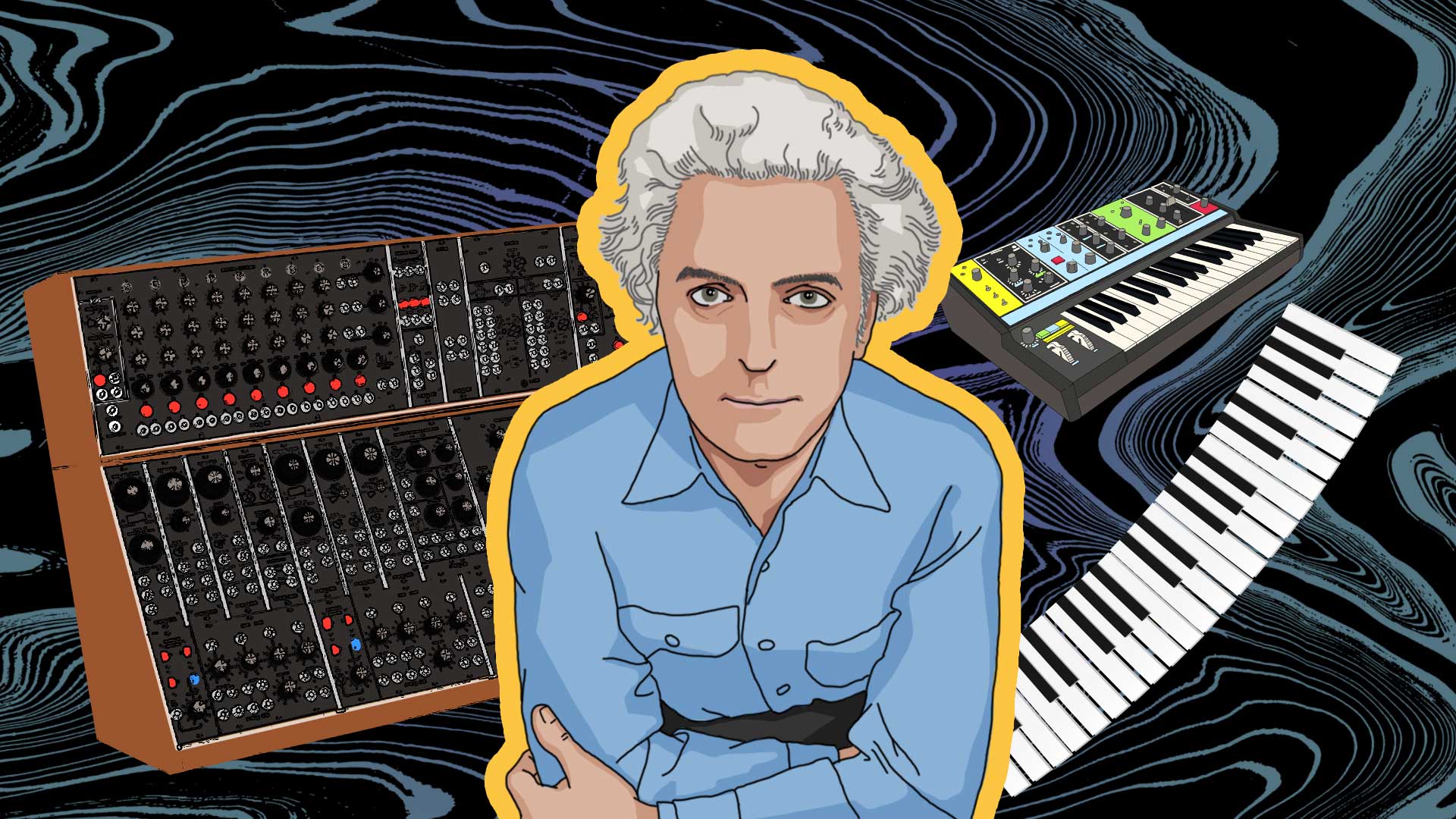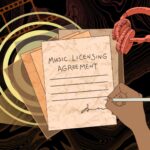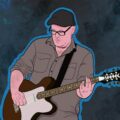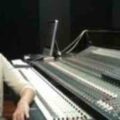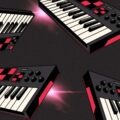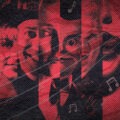We’re quick to reminisce about artists whose musical influences reverberate decades after.
However, we tend to overlook the engineers whose work can have an equally lasting impact. Working in the shadows, they are the ones who push the boundaries of music. All those who appreciate music have a lot to thank Robert Moog for. Moog manufactured the eponymous Moog Synthesizer in 1964, and music hasn’t been the same ever since.
From genius child to engineer
Robert Arthur Moog was born May 23, 1934, in Queens, New York City. From a young age, his mother Shirley, a piano teacher, made him sit at the family’s grand piano, hoping he would learn the instrument. While the piano did not stick, it sparked a fondness for music.

Young Robert showed a precocious and unconventional passion for electronics. “And when I say electronics, it was not the electronics of today,” Moog once said. “Back then, electronics were one or two vacuum tubes, a couple of resistors, capacitors and these big, fat transformers. You could put the whole thing together on the kitchen table, it was a hobby,” he recalled in a lecture given at the Red Bull Music Academy, in 2003. Moog’s father, George, an engineer working for the utilities company Edison Cony, had set up a workshop in the garage, where Robert played with electronics.
Moog was enrolled at the Manhattan School of Music Conservatory until he was 14. There, he developed his ear and learned the basics of music theory. He completed high school at the Bronx High School of Science, a fertile ground to explore his interests. At 14, a young Moog put together a theremin from instructions he found in Electronics World magazine. At the time, he had already built radios, amplifiers, and even organs. But the theremin, an electronic musical instrument played without contact by moving electromagnetic fields around antennae, was a turning point for Moog. Four years later, in 1953, he designed his own theremin model. In 1954, at age 19, he founded R.A. Moog Co. with his father, where they sold theremins and theremin kits. Meanwhile, Moog went on to obtain a Bachelor of Science in physics from Queens College and a Bachelor of Science in electrical engineering from Columbia University in 1958, followed by Ph.D. in engineering physics from Cornell University in 1965.
Pioneering the sound
Strong for his theremin success, Moog first tried to sell a “musical amplifier kit,” which did not take. In 1963, during his time at Cornell, Moog befriended composer and electronic music educator Herb Deutsch. Deutsch was familiar with Moog’s work, as he previously ordered one of his theremins.
“The first person I worked with was Herb Deutsch. He was a music teacher at Hofstra University in Long Island. […] he asked me if I knew anything about electronic music, and I thought to myself, well, I know electronics, it’s my hobby. It’s music, and I took music lessons. So I said to him, ‘Yes, I know about electronic music!’ But I didn’t know about electronic music, I had no idea. So I learned very quickly from Herb,” relates Moog in his 2003 Red Bull Music Academy keynote.
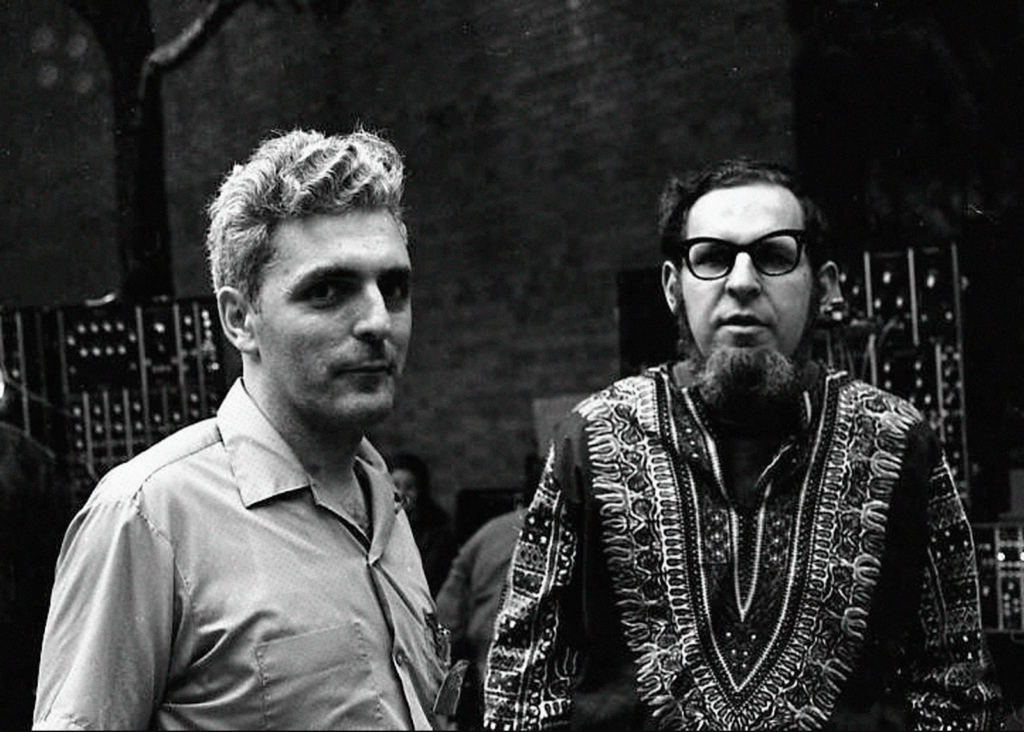
Together, the two gifted minds considered new ways to support composers. With this idea in mind, Moog set out to develop a synthesizer in 1964. Back then, synthesizers consisted of expansive equipment that would take up rooms, operated by punch card, and produced sound through vacuum tubes.

In place of such cumbersome technology, Moog engineered a system using silicon transistors to create the voltage-controlled oscillator (VCO) to generate a pitch. Another component called the envelope, was made to control a note’s swell and fade as it is played. Unlike previous synthesizers, Moog’s model could be played with a keyboard, a feature credited to Deutsch. With his Moog synthesizer, the engineer was hoping to offer a hands-on electronic music instrument, all the while keeping affordability in mind. When it launched, it retailed for US$10,000, a fraction of the six-figure price of previous synthesizers. “They were not cheap, because there’s a lot of stuff inside. But nothing was cheap back then, everything was analog, and it was taken for granted that if you wanted a good-sounding keyboard, you had to spend over a thousand dollars, which was a lot of money back then,” recalls the inventor in a 2003 interview.
“Musical instruments have always, from the very beginning of human history, used the most advanced technology of their time. For us it’s analog electronics, and now increasingly computer and digital electronics. So, this is an instrument of the 20th century – it doesn’t use the most advanced technology, but it uses one that came into existence during my lifetime.” — Robert Moog
Moog’s cross-over to prominence
Herb Deutsch composed the first piece ever for the Moog, titled Jazz Images, A Worksong and Blues in 1967, and performed concerts on the Moog in 1969. Experimental composer John Cage was an early adopter of the Moog. American band the Monkees were the first musicians to integrate the Moog in pop music, as we hear on their 1967 album Pisces, Aquarius, Capricorn & Jones.
In 1968, American musician and composer Wendy Carlos used the Moog synthesizer to record the visionary album Switched-On Bach. Her interpretations of Johann Sebastian Bach’s pieces went on to break records on Billboard charts. Switched-On Bach sold over a million copies, which won Carlos three Grammy Awards — a thing unheard of for a classical album at the time.
Carlos, who helped Robert Moog in developing and perfecting his invention, is credited for several features integrated into the final production model of the Moog synthesizer, including a touch-sensitive keyboard and generator bank that could create chords and arpeggios.
Switched-On Bach – Wendy Carlos
Switched-On Bach is still being sold today, it was the largest selling classical record of all time for a long period. After that, thousands of musicians around the world understood that this seems to be something that I can make my music out of.” — Robert Moog, 2003, Red Bull Music Academy
An inestimable impact then and now
In 1970, 6 years after debuting the original Moog synthesizer, the inventor launched the Minimoog, a small and transportable model. Referred as “the most famous and influential synthesizer in history”, the instrument served musicians from the Beatles, the Rolling Stones and the Doors, to Herbie Hancock, Donna Summers, Michael Jackson, Chick Corea, Kraftwerk, Bob Marley, and David Bowie, all the way to Snoop Dogg, Toto, Kate bush, Nine Inch Nails, Portishead, and so many more. Indeed, the Moog synthesizer has been put to good, if not iconic use.
As we still hear it in today’s sounds, Moog is much more than a trademark instrument. With time, the name became synonymous with electronic music. Moog, not a musician himself, witnessed the evolution of the genre, from experimental and analogue engineering, toward a mainstream yet inventive sensibility.
Robert Moog’s wish was always to be at the service of musicians and to offer tools to explore music. An engineer with an artist’s mind, Moog lacked the business sense to patent many of his inventions. However, as stated in Sound on Sound magazine, “it’s likely the synth industry as we know it today would never have happened” if he did.
In 1971, Moog sold Moog Music to Norlin Musical Instruments (later Gibson). He left the company in 1977. During that time, digital synthesizers — more affordable than the analog Moog – started to gain prominence. In 1986, the business went bankrupt, unable to keep up with competitors like Roland and Korg.
In 1978, the engineer moved to North Carolina and founded another electronic instrument company, Big Briar. It led to several other innovations — including the design of a touchscreen-operated piano and other mainstream instruments he built or furthered. Moog also taught at the University of North Carolina in Asheville before he died in 2005 at the age of 71 from a brain tumor.
If you want to learn more about Robert Moog’s work, you can visit the Moogseum, in Asheville, North Carolina, and take a closer look at rare instruments.
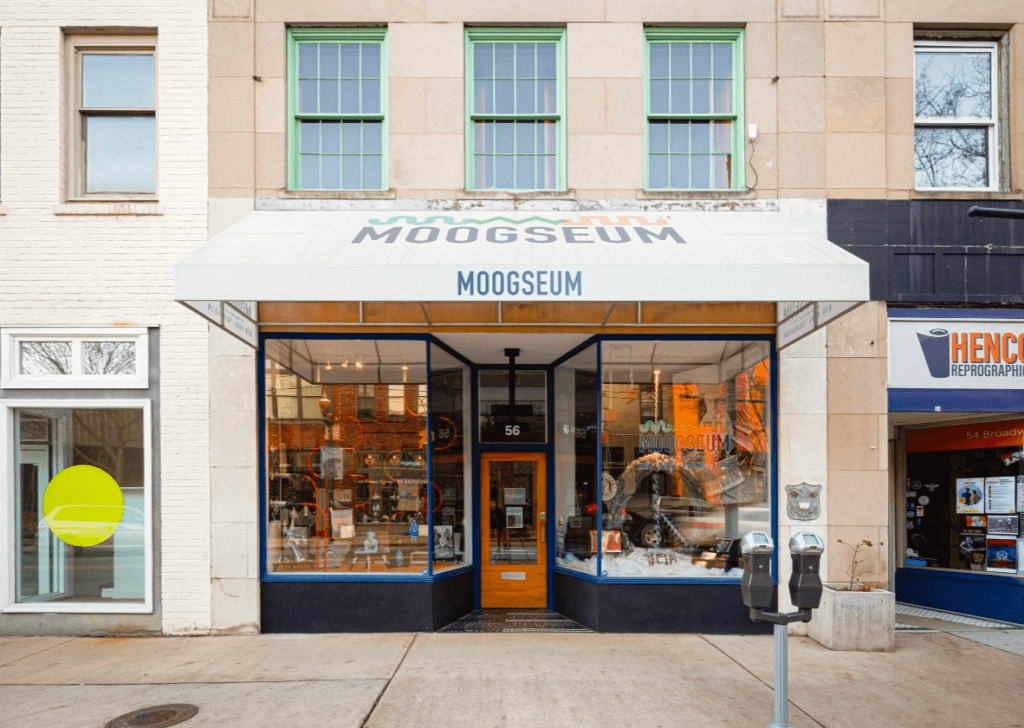
In 2015, Moog Music relaunched a limited edition of the Minimoog Model D. In 2022, Moog Music announced that production has started again for different Minimoog Models. You can check them out at moogmusic.com.
“The instrument’s distinctive sound is very much with us today. Particularly its fat three-oscillator bass sound has transcended novelty and fashion and become a timbral staple, joining a small number of instruments — the Hammond B3 organ or the Rhodes electric piano are two that come to mind — in the keyboard hall of fame.“ — Robert Moog
Written and translated by Christelle Saint-Julien
Illustration by Yihong Guo
